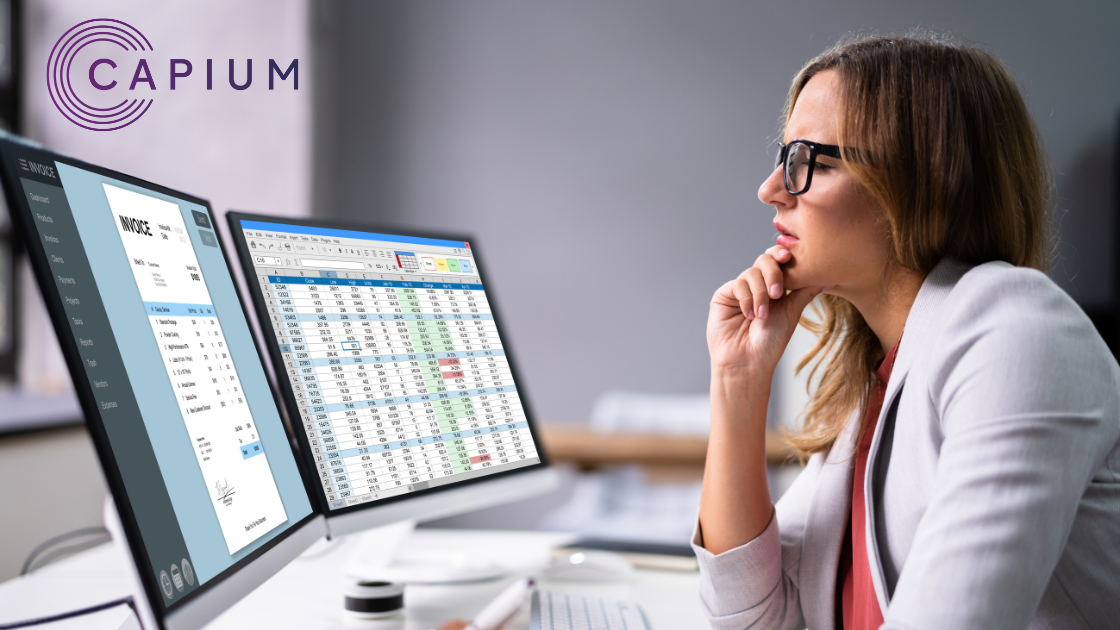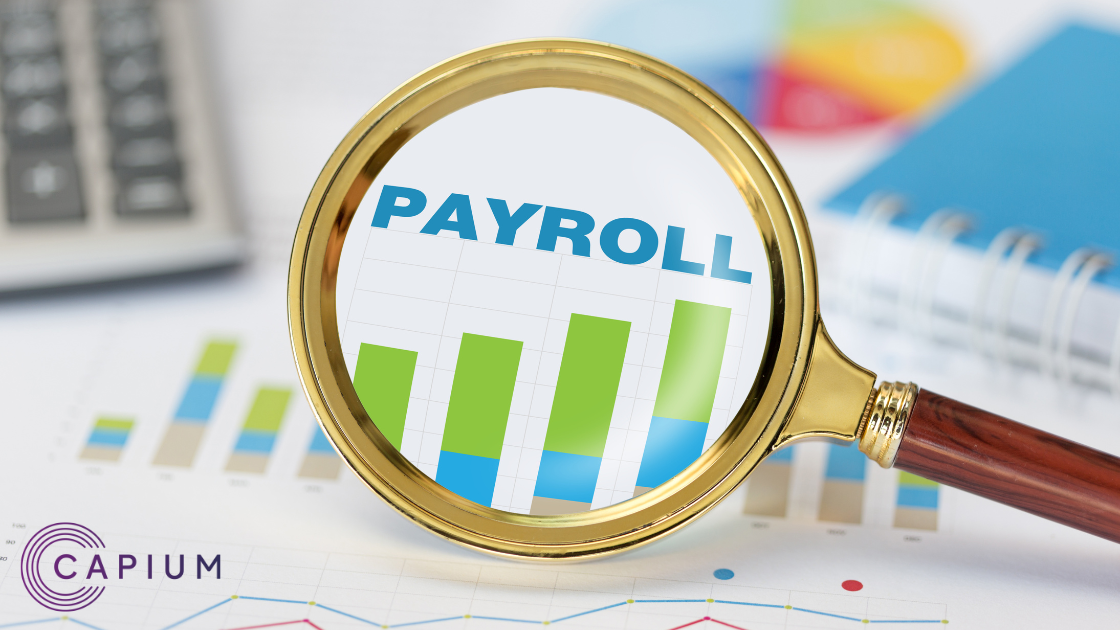For businesses, efficiency in any of their sub-systems is vital for the overall success. This is why most of the institutions incorporate automated systems that help them streamline their processes and manage them more efficiently. When it comes to the taxation system, millions of companies already manage it digitally. This is clear from the fact that 99% of VAT returns and 98% of Corporation Tax returns are submitted online by businesses. In addition to this, HMRC itself has provided digital accounts to numerous (read: millions) of SMEs.
Taking into account the need to form a better taxation system which tackled the current inefficiencies in the system, the government announced the digitisation of the taxation system in the March Budget of 2015. The Making Tax Digital (MTD) report which was published in December 2015 included the details about the change, its timeline, and various benefits to taxpayers. The report lays down the 4 foundations of MTD, which includes:
- Tax Simplified
- Making Tax Digital for Businesses
- Making Tax Digital for Individual Taxpayers
- Tax in One Place
In this blog post, we will be discussing the second foundation outlined in the report: Making Tax Digital for businesses.
The Process of MTD and How Will Its Implementation Help Businesses?
With each business having its own digital tax account, reporting to HMRC would become easier than ever before. The HMRC would hold all the necessary information about the business, which the company will no longer have to tell HMRC about (except for any important update in the company’s details). This would eliminate the need to provide redundant information to the HMRC. The businesses will be able to update HMRC on a quarterly basis.
HMRC would ensure the availability of free software to hold digital record on and to update HMRC from. The commercially-available software that a business would use will incorporate smart tools to streamline processes. For instance, it would compile data daily so that no burden is left for the last moment. As a result, it would draw attention to any errors, inaccuracies or any numbers or facts that might be overlooked due to human error.
Once the relevant data has been compiled, it will be fed to the HMRC via any digital device like a laptop or a smartphone. This method is more secure than the one that is in place currently. It will reduce the chances of errors and would be a less cumbersome process for businesses. The transparency that would be in place (being able to see the facts and figures without having to complete a Self Assessment tax return) would help provide businesses a real-time view of their tax and tax due. This would help them budget in a more efficient manner.
The Major Concerns With MTD
While Making Tax Digital is a step that has the potential to lead Britain in terms of having the most updated taxation system in the world, many businesses showed concerns over the timeline that has been proposed for the implementation of MTD, and the quarterly updates that will be required by the HMRC. These concerns have been addresses and some modifications have been made, the most recent being mentioned in the Spring Budget 2017, where the small businesses are given a time period of one year to prepare for the quarterly reporting in MTD. In addition to this, the Finance Bill Sub-Committee has published a reportentailing recommendations for the changes that need to be made for the implementation of MTD.







